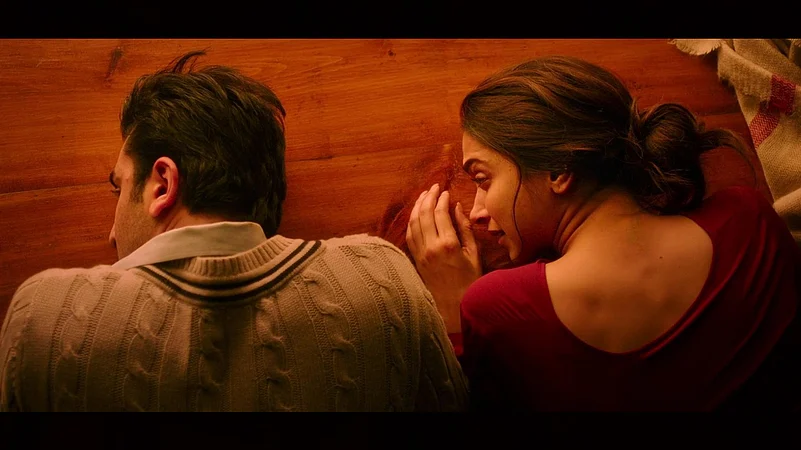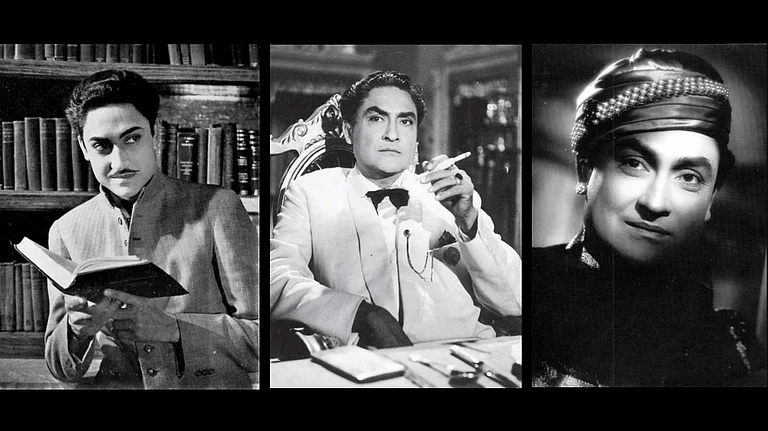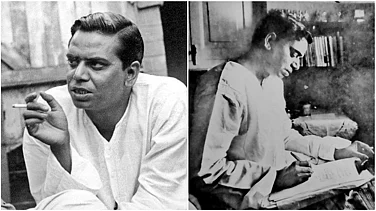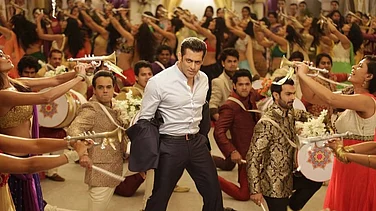
In Hindi cinema, women become the emotional anchor while men set off on detours of self-discovery.
Popular media teaches women early that their worth lies in endurance.
When films repeatedly show women waiting while men grow, they reinforce a gendered hierarchy of emotional worth.
Recently, a girl old enough to know better told me that Deepika Padukone’s Tara in Tamasha (2015) was the ideal lover. “The perfect woman,” she sighed, “She heals him, she understands him, she brings him back to life… now that is romance!” She was speaking, of course, of Ved, Ranbir Kapoor’s self-destructive man-child who needs to be rescued from the banalities of his job and the shadows of his own confusion. When I said that what Tara was doing was emotional labour, that she was performing all the work of the relationship while he got to collapse, withdraw, rediscover and return, the girl looked wounded, almost angry. I had, in that moment, ruined the fairy tale for her.
And perhaps that’s what Hindi cinema has taught us all to expect—the fairy tale of the healing woman, the muse who will kiss the frog until he turns into a prince. But the question rarely asked is this: what happens to the woman who does the kissing? How long does she have to wait for the metamorphosis to complete?

The Hindi film heroine has never merely been a person. She’s a prescription. She is tenderness on tap, care without condition, the balm to a man’s existential rash. In a culture that worships the idea of women as caregivers, Hindi cinema has turned emotional labour into an aesthetic—a soft-focus montage of waiting, forgiving, and loving harder.
Cinema, like society, measures time differently for men and women. In love stories, men travel; women wait. The arcs of rebellion, discovery, and self-realisation belong to the male protagonist, while the female counterpart becomes the pause, the placeholder, the patient witness.
From Meena Kumari’s languorous melancholy in Sahib Bibi Aur Ghulam (1962) to Deepika Padukone’s modern poise in Yeh Jawaani Hai Deewani (2013) and Tamasha, women in Hindi films are scripted as those who “hold space.” They become the emotional anchor while men set off on detours of self-discovery.

In Yeh Jawaani Hai Deewani, Naina (Deepika again) waits quietly while Bunny (Ranbir Kapoor) travels the world, flirts with freedom, and finally returns when he’s ready to settle. His personal growth is the film’s premise; her growth, incidental. The film calls it romance. It’s really just an endurance test dressed as love.
In Hollywood, the critic Nathan Rabin coined a term for this phenomenon: the "Manic Pixie Dream Girl—a charming, quirky woman who exists solely in the fevered imaginations of sensitive writer-directors to teach broodingly soulful young men to embrace life and its infinite mysteries.”
Hindi cinema, too, has its manic pixies, but they come with a distinctly desi fragrance of patience and sacrifice. Preity Zinta in Dil Chahta Hai (2001) brightens Aamir Khan’s artistic gloom, only to be abandoned for her troubles. Kalki Koechlin in Zindagi Na Milegi Dobara (2011) injects spontaneity into a man’s midlife crisis, then disappears. Kareena Kapoor’s Geet in Jab We Met (2007) is remembered not for her own heartbreak, but for rescuing Shahid Kapoor’s Aditya from depression. In Tamasha, Tara’s vibrancy, her insight, her capacity to see Ved, is the engine that drives his healing. Yet the film never asks what it costs her to love someone so broken.
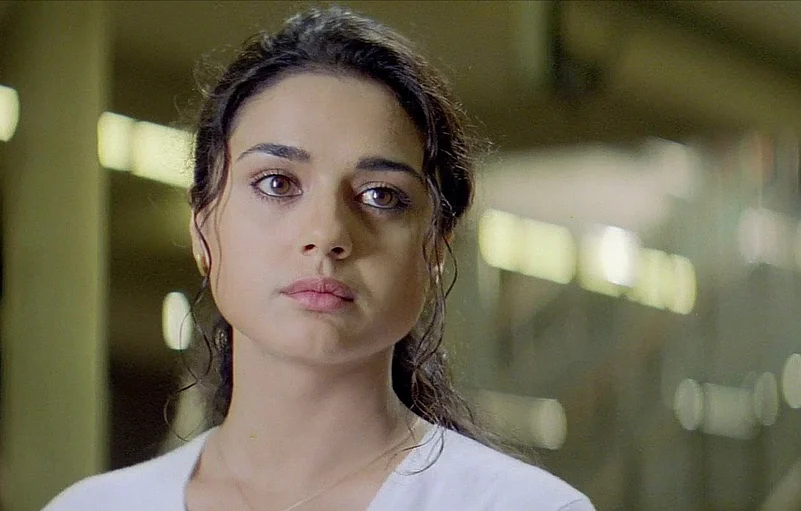
The pattern is unmistakable—these women are not characters so much as catalysts. Their narrative purpose is to heal broken masculinity, to resuscitate men who have forgotten how to feel. They are muses, nurses, therapists, and sacrificial lambs, often rolled into one photogenic package.
The sociologist Arlie Hochschild called it “emotional labour” —the invisible work of managing feelings, both one’s own and others’. In Hindi cinema, emotional labour is what women do in the name of love. They soothe the volatile, absorb the hurt, translate the silence, and stay, long after reason has fled.
Popular media teaches women early that their worth lies in endurance. The “good woman” in Hindi cinema—from the patient wife to the forgiving girlfriend—is defined by how much she can tolerate without walking away. Meanwhile, the “complicated man” is allowed his detours, his temper, his silent phases, even a side chick or two. He is “finding himself.” She, apparently, has already been found.

You see it everywhere. In Kabir Singh (2019), Preeti’s (Kiara Advani) silence is glorified as love while his violence is spun as passion; in Devdas (2002), Paro waits faithfully while her lover drinks himself to death and becomes immortal for it; in Raanjhanaa (2013), Dhanush’s obsession is deified while Sonam Kapoor’s resistance is vilified. Even Animal (2023), one of the most recent and wildly popular examples, ends with Geetanjali—Rashmika Mandanna’s character, who starts with some agency of her own—performing emotional triage on a man who has bulldozed through love, family, and morality. Ranvijay’s blood-soaked breakdown is treated as epic redemption, while his wife’s patience is quietly assumed. She is not a person so much as the emotional infrastructure of his implosion—waiting, tending, forgiving, as if her duty is to provide continuity to his chaos.
It’s no wonder young women still swoon over Ved’s breakdowns. They’ve been told all their lives that love means healing a man’s wounds. What’s rarely discussed is that this healing is unpaid labour and often, an act of self-erasure.
Every time a woman in a Hindi film falls in love, she is quietly assigned three jobs—muse, mirror, and mother. As muse, she must inspire. As mirror, she must reflect the man’s hidden brilliance back at him. As mother, she must forgive him his every transgression.

Take Geet in Jab We Met. Her manic cheerfulness teaches Aditya to “live again,” but when her own heartbreak comes, the film moves swiftly past it. Her sadness exists only so that his redemption can be completed. In Kabhi Alvida Naa Kehna (2006), Shah Rukh Khan’s Dev is self-absorbed and bitter; Rani Mukerji’s Maya is patient, nurturing, and guilt-ridden. The film bends over backward to justify his unhappiness as existential depth.
In Tamasha, which is the epitome of this trope, Tara finds Ved in Corsica, falls for his playful alter ego, and then endures the heartbreak of loving his broken, real-world self. She diagnoses his crisis before he does. She loves him through therapy, breakdowns, identity crises. When he finally returns “whole,” it is presented as her reward. The emotional economy of the film is strikingly one-sided: she gives, he grows. This isn’t love; it’s project management.

Beyond cinema, the waiting woman is deeply embedded in our cultural imagination. From the mythic Sita, who waits through exile and trial, to Radha and Meera, both eternally yearning for Krishna, the idea of feminine virtue has long been tied to endurance. Hindi films, in turn, have inherited this mythology. Waiting becomes proof of love, silence becomes strength, and sacrifice becomes destiny. Even modern heroines, in jeans and stilettos, carry this ancient ache.
In Ae Dil Hai Mushkil (2016), Alizeh (Anushka Sharma) becomes muse to a man who turns her unrequited love into art. In Rockstar (2011), Nargis Fakhri’s Heer literally dies after rekindling a man’s creative fire. The price of being a muse, it seems, is your own disappearance.
Patriarchy has a way of dressing up female suffering as beauty. In song after song, the woman’s patience is aestheticised. She waits by the window, she lights a lamp, she smiles through tears. Her pain is lyrical; it is cinematic.
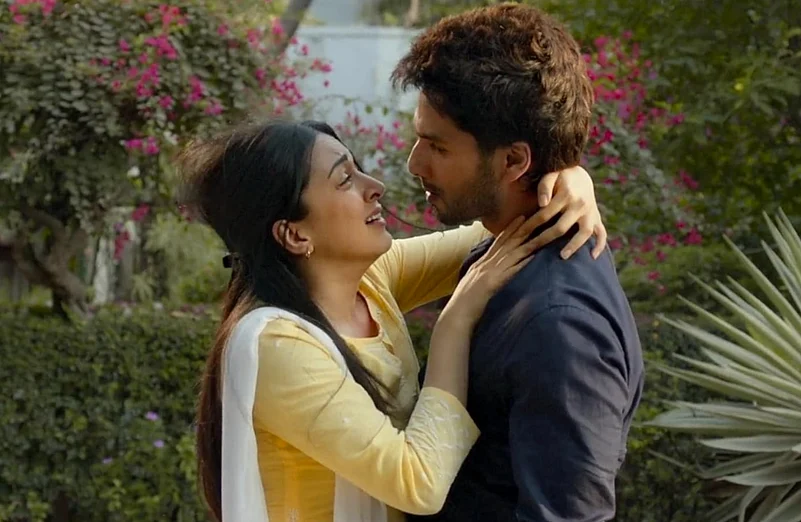
What makes this trope endure is that patriarchy is often internalised as a form of emotional well-being. The rituals of waiting, fasting, forgiving are presented as proof of love, even spiritual growth. A woman who tolerates a man’s cruelty is told she’s “strong.” A woman who leaves is told she’s bitter. It’s a clever trick of conditioning: to make women feel good about their own submission. To mistake endurance for agency.
This is why, even today, a woman might say Tara from Tamasha is the “ideal lover.” Because we’ve all been taught that love’s highest form is service. That to fix a broken man is to fulfil some divine purpose. The trouble is, no one tells women what to do once he’s fixed.
One of the most dangerous myths Hindi cinema perpetuates is that of the “potential” man, the flawed genius, the misunderstood artist, the man who just needs the right woman to bloom. From Devdas to Kabir Singh, we have celebrated men who are emotionally unavailable, even abusive, as long as they’re wounded in a poetic way. The woman who loves them is valourised for her ability to see what others can’t—the goodness beneath the cruelty, the diamond under the dust.
This conditioning starts early. For decades, our films have taught girls that loving a man’s potential is more noble than demanding his respect. That he may scream, sulk, or disappear, but if she just waits long enough, he’ll come around. It’s the most seductive con patriarchy ever pulled off: turning women into unpaid therapists and calling it romance.
Cinema doesn’t just reflect society; it rehearses it. When films repeatedly show women waiting while men grow, they reinforce a gendered hierarchy of emotional worth. In this hierarchy, men’s pain is transformative; women’s pain is decorative. Men act, women endure. Men find themselves; women find meaning in their men.
To change this, we need stories that allow women the full arc of becoming—not as symbols of virtue or patience, but as messy, desiring, thinking beings who can love without losing themselves. There’s something quietly radical about a woman who refuses to wait; who doesn’t see her love as a rehabilitation centre for wounded men; who loves not to heal, but to feel fully, selfishly, vulnerably.
In new Hindi cinema, these women are emerging, sometimes tentatively, sometimes in full blaze. They are walking out of marriages (Thappad, 2020), boarding solo flights (Queen, 2013), falling and failing on their own terms (Gehraiyaan, 2022). They are no longer the pause in someone else’s story. They are the sentence itself.
Perhaps the next time a girl calls Tara the ideal lover, we can gently disagree—not because Tara was wrong to love, but because love should not require becoming someone’s cure. The truth is, every woman who has ever waited deserves to know that she can be her own miracle. That she can kiss no frogs, save no men, and still have a story worth telling.







